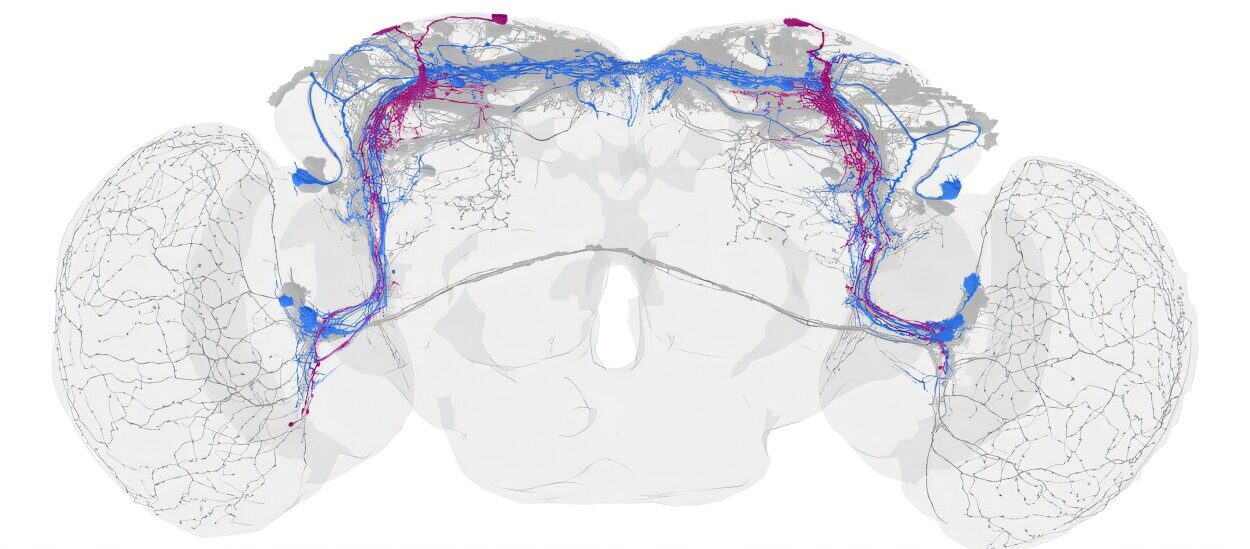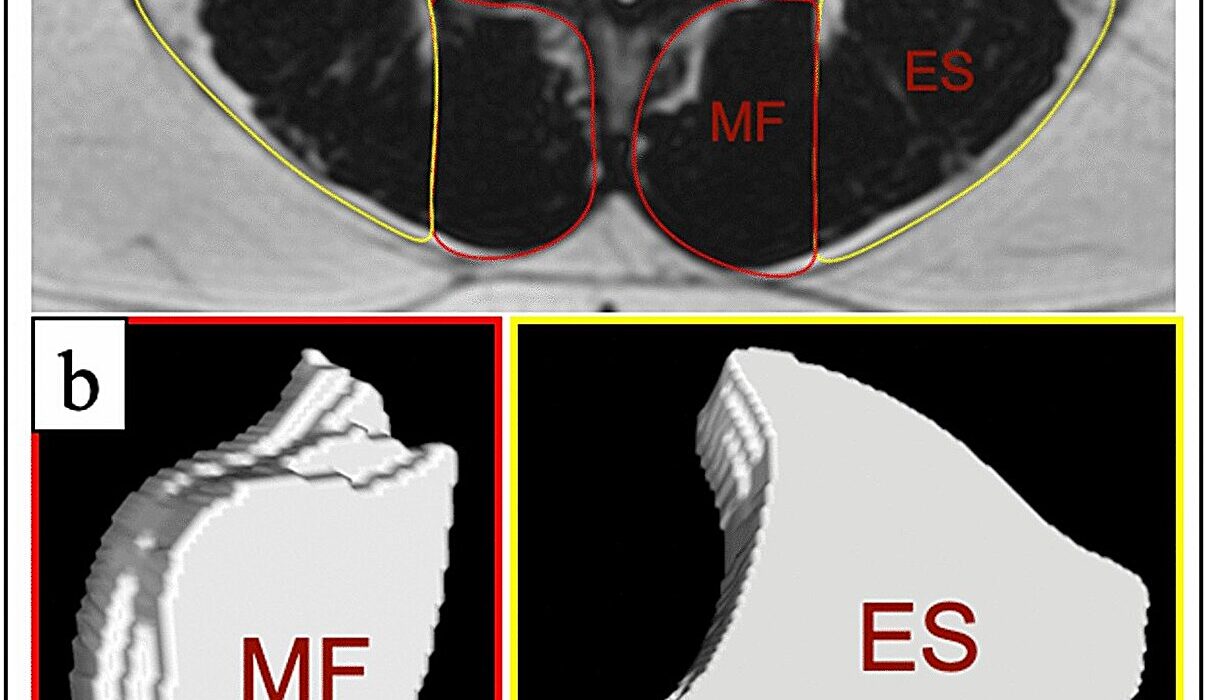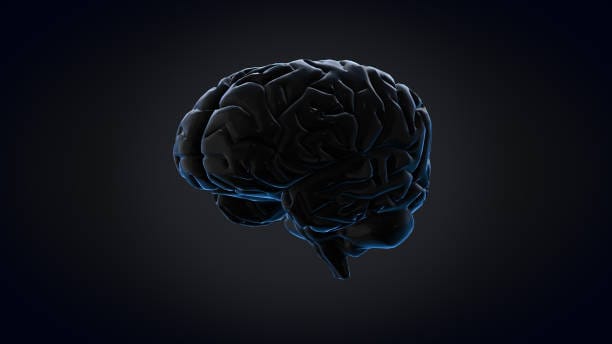Every human being, regardless of culture, language, or background, shares a common desire: to be happy. Happiness is more than just a fleeting smile or a moment of joy—it is a profound state of well-being that shapes how we perceive life, how we relate to others, and how we endure hardships. For centuries, philosophers, poets, and spiritual leaders have sought to understand happiness. Ancient Greek thinkers like Aristotle believed happiness (or eudaimonia) was the ultimate goal of life, achieved through virtue and meaning. Meanwhile, Buddhist philosophy taught that happiness comes from mindfulness and freedom from attachment.
Today, psychology has joined this quest, not with abstract theories alone, but with empirical research. Through the field of positive psychology, scientists have explored what makes life worth living and discovered practical, evidence-based ways to enhance well-being. This exploration reveals that happiness is not merely a gift of fate or circumstance—it is something we can cultivate intentionally.
What Is Happiness, Really?
Defining happiness is not as simple as it may seem. To some, it is pleasure, comfort, and enjoyment. To others, it is meaning, purpose, and fulfillment. Psychologists often distinguish between two broad types of happiness:
- Hedonic happiness – derived from pleasure, comfort, and the satisfaction of desires.
- Eudaimonic happiness – derived from living a meaningful, purposeful life aligned with one’s values.
Both types are important. Hedonic happiness brings joy to our daily lives, while eudaimonic happiness provides depth and resilience when times are tough. Together, they create a balanced and enduring sense of well-being.
Modern psychology often measures happiness through self-reports of “life satisfaction” and “positive affect” (how often people feel good emotions such as joy, contentment, and love). While subjective, these measures are surprisingly reliable and strongly correlated with health, longevity, and social success.
The Science of Happiness: Insights from Positive Psychology
In the late 1990s, psychologist Martin Seligman helped pioneer the field of positive psychology, which shifted psychology’s focus from merely treating illness to studying what makes life worth living. This field investigates strengths, virtues, and practices that promote flourishing.
Key discoveries include:
- Happiness is partly genetic – Twin studies suggest about 40–50% of our happiness levels are influenced by genetics, linked to personality traits like optimism or neuroticism.
- Circumstances matter less than we think – Surprisingly, life circumstances such as wealth, beauty, or even major life events explain only about 10% of happiness differences between people.
- Intentional activities matter most – Around 40% of happiness is shaped by the choices we make, the habits we form, and the ways we interpret our experiences.
This means that while some aspects of happiness are outside our control, a significant portion lies within our power.
The Brain and Happiness
Happiness is not only a feeling but also a biological state shaped by brain chemistry and neural networks. Several neurotransmitters and hormones play key roles:
- Dopamine – the “reward chemical,” released when we achieve goals or experience pleasure.
- Serotonin – regulates mood, social behavior, and feelings of well-being.
- Oxytocin – the “bonding hormone,” associated with trust, love, and social connection.
- Endorphins – natural painkillers that create euphoria during exercise or laughter.
Functional MRI studies show that happiness activates regions such as the prefrontal cortex (associated with decision-making and positive emotion) and reduces activity in the amygdala (linked to fear and stress). In short, happiness reshapes the brain, and the brain, in turn, influences our ability to experience happiness.
The Role of Relationships in Happiness
If there is one consistent finding across cultures and studies, it is this: relationships are the single greatest predictor of happiness. Human beings are social creatures, and meaningful connections provide a deep well of joy and resilience.
The Harvard Study of Adult Development, the longest-running study on happiness (spanning over 80 years), found that strong relationships—not money, fame, or work achievements—were the clearest predictors of well-being and longevity.
Relationships contribute to happiness in several ways:
- Providing emotional support during hardship.
- Increasing feelings of belonging and security.
- Offering opportunities for joy, laughter, and shared meaning.
- Encouraging healthy habits through social influence.
Even small moments of connection—a smile from a stranger, a kind word, or a shared laugh—can boost mood and strengthen bonds.
The Role of Purpose and Meaning
While pleasure is important, it alone cannot sustain happiness. Long-term well-being requires a sense of purpose—a belief that one’s life matters and contributes to something greater. Psychologists call this eudaimonic well-being.
Purpose gives us resilience. People with strong life purpose are less likely to suffer from depression, recover faster from illness, and even live longer. Meaning transforms suffering into growth, allowing us to endure hardship with dignity.
Purpose can come from many sources: meaningful work, volunteering, family roles, creative expression, or spiritual beliefs. What matters is not the form, but the sense of contribution and direction it provides.
The Impact of Gratitude
One of the simplest and most powerful tools for happiness is gratitude. Numerous studies show that regularly practicing gratitude—through journaling, reflection, or simply pausing to notice blessings—improves mood, sleep, relationships, and even physical health.
Gratitude shifts focus from what is lacking to what is present. It retrains the brain to notice abundance rather than scarcity, creating a more positive worldview. Psychologist Robert Emmons found that people who kept gratitude journals reported greater happiness, optimism, and fewer health complaints.
The Power of Mindfulness and Presence
Happiness is often lost not because life is bad, but because our minds are elsewhere—ruminating about the past or worrying about the future. Mindfulness, the practice of paying attention to the present moment with openness and curiosity, helps anchor us in the here and now.
Mindfulness reduces stress, increases emotional regulation, and enhances appreciation for life’s simple pleasures. Research shows it can even change brain structure, strengthening regions linked to focus and compassion while reducing activity in stress-related areas.
Whether through meditation, mindful breathing, or simply savoring a cup of tea, mindfulness reconnects us to the richness of the present moment.
The Connection Between Happiness and Physical Health
Happiness is not just a mental state—it has profound effects on physical health. Happy people tend to have stronger immune systems, lower blood pressure, healthier hearts, and longer lifespans. Positive emotions reduce stress hormones, encourage healthier behaviors, and speed recovery from illness.
Conversely, chronic unhappiness—marked by stress, loneliness, or depression—weakens the body, increasing risks for cardiovascular disease, diabetes, and premature death. This bi-directional relationship shows that taking care of mental well-being is also a form of preventive medicine.
Money and Happiness: How Much Is Enough?
One of the most debated questions in psychology is: can money buy happiness? Research shows the answer is nuanced.
- Money does increase happiness up to a point—specifically by meeting basic needs such as food, shelter, and security.
- Beyond this threshold, the impact of additional wealth diminishes. Studies suggest that after reaching financial stability, more money adds little to day-to-day happiness.
- How money is spent matters more than how much is earned. Spending on experiences, generosity, and social connections brings more happiness than material purchases.
Thus, money is a tool for well-being, but it is not the ultimate source of it.
The Role of Optimism and Mindset
Optimism—the belief that good things are possible—has a profound impact on happiness. Optimistic people recover more quickly from setbacks, experience less stress, and maintain better health.
Psychologist Martin Seligman’s work on learned optimism shows that optimism can be cultivated. By reframing challenges as temporary and surmountable rather than permanent and catastrophic, people can shift toward a more hopeful outlook.
Similarly, psychologist Carol Dweck’s research on growth mindset demonstrates that believing we can improve through effort leads to greater resilience, motivation, and happiness.
Flow: The Joy of Immersion
Another key ingredient of happiness is flow—a state of complete absorption in an activity, where time seems to vanish and the self fades away. Flow often occurs during creative pursuits, sports, or challenging work that fully engages our skills.
Psychologist Mihaly Csikszentmihalyi, who coined the term, found that flow experiences are among the most rewarding in life. They combine challenge with mastery, pushing us to grow while giving deep satisfaction. Seeking flow, therefore, is a proven way to enhance happiness.
Proven Practices to Cultivate Happiness
While happiness cannot be forced, it can be nurtured through intentional habits. Research-backed practices include:
- Gratitude journaling – writing down things you are thankful for.
- Acts of kindness – doing something generous for others, even small gestures.
- Mindfulness meditation – cultivating present-moment awareness.
- Exercise – boosting mood through endorphins and improved health.
- Social connection – spending quality time with loved ones.
- Pursuing flow activities – engaging in hobbies or work that challenge and absorb you.
- Optimistic reframing – reinterpreting challenges in a hopeful light.
These practices may seem simple, but their cumulative effects are profound. Like muscles, happiness grows with consistent exercise.
Overcoming Barriers to Happiness
Despite knowing what fosters happiness, many people struggle to apply it. Barriers include:
- Comparison and envy – fueled by social media, comparing lives often diminishes happiness.
- Perfectionism – chasing flawless achievement creates chronic dissatisfaction.
- Materialism – overvaluing possessions distracts from deeper sources of joy.
- Neglecting self-care – overwork, poor sleep, and stress erode well-being.
Overcoming these barriers requires awareness, compassion for oneself, and a willingness to prioritize well-being.
Happiness Across Cultures
While the desire for happiness is universal, its expression varies across cultures. Western societies often emphasize individual achievement and personal pleasure, while Eastern cultures may emphasize harmony, family, and community.
Cross-cultural research shows that cultural values shape how happiness is pursued and experienced. For example, in collectivist cultures, happiness may come more from fulfilling social roles and relationships than from personal success.
Despite these differences, the underlying drivers—connection, purpose, gratitude, and balance—are remarkably consistent across humanity.
The Future of Happiness Research
As science continues to explore happiness, new frontiers are emerging:
- Neuroscience of happiness – mapping brain circuits that govern well-being.
- Digital well-being – understanding how technology influences happiness, both positively and negatively.
- Global well-being initiatives – governments measuring happiness alongside economic growth, as seen in Bhutan’s Gross National Happiness index.
- Personalized interventions – tailoring happiness practices based on personality and context.
The future promises a deeper understanding of how to design societies, workplaces, and lives that foster flourishing.
Happiness as a Lifelong Journey
Perhaps the most important lesson of happiness research is that happiness is not a final destination but a lifelong journey. It is not about being joyful every moment but about cultivating resilience, meaning, and gratitude that carry us through life’s inevitable ups and downs.
Happiness is a practice—woven from the small daily choices we make, the relationships we nurture, and the perspectives we hold. It is not about denying pain but about embracing life in its fullness.
To be happy is to be fully alive: to love, to grow, to contribute, and to find wonder in both the ordinary and the extraordinary.






